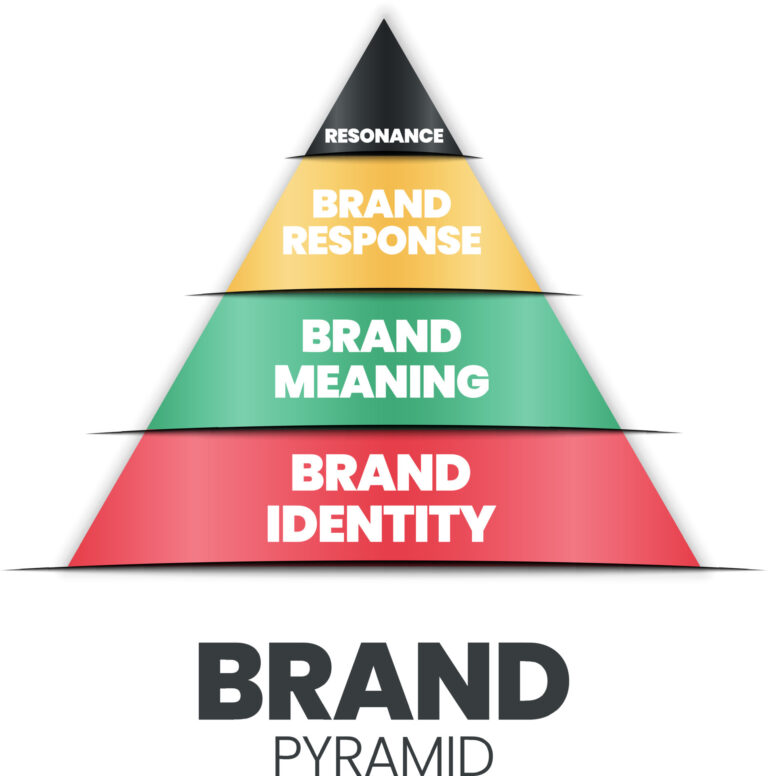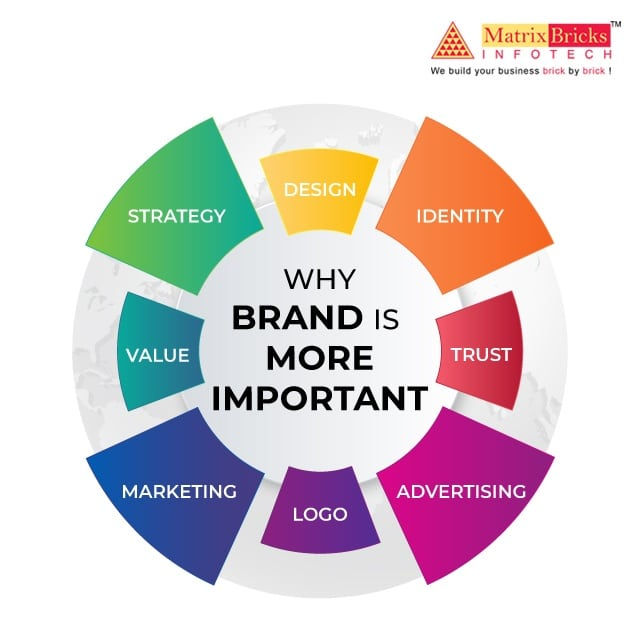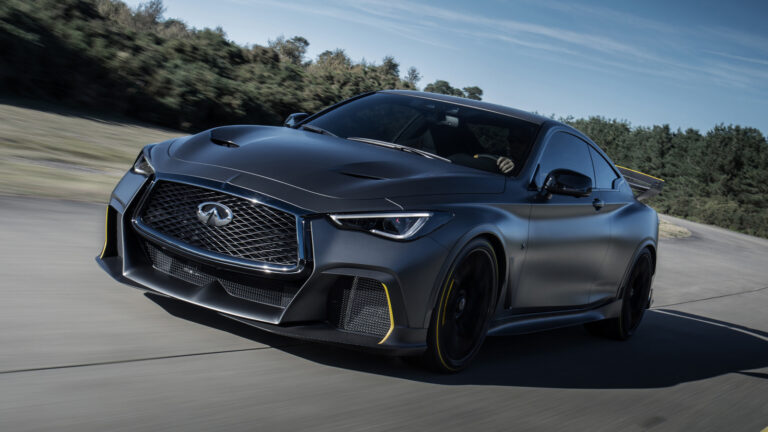How Much Does A Brand New Car Cost: A Comprehensive Guide to Understanding the True Price Tag
How Much Does A Brand New Car Cost: A Comprehensive Guide to Understanding the True Price Tag cars.truckstrend.com
The scent of a new car, the pristine interior, the cutting-edge technology – few purchases rival the excitement of driving a brand-new vehicle off the lot. However, beneath the gleaming paint and modern features lies a complex financial reality. The question, "How much does a brand new car cost?" extends far beyond the sticker price you see advertised. It encompasses a multitude of factors, from the vehicle’s base price and optional extras to taxes, fees, financing charges, and even the often-overlooked ongoing costs of ownership.
Understanding the true cost of a new car is paramount for any prospective buyer. It allows for realistic budgeting, informed decision-making, and the avoidance of unpleasant financial surprises down the road. This comprehensive guide will dissect every component of a new car’s price tag, offering practical advice and actionable insights to help you navigate one of life’s most significant purchases with confidence.
How Much Does A Brand New Car Cost: A Comprehensive Guide to Understanding the True Price Tag
The Foundation: Manufacturer’s Suggested Retail Price (MSRP)
At the heart of a new car’s cost is the Manufacturer’s Suggested Retail Price (MSRP), often referred to as the sticker price. This is the price the manufacturer recommends the dealer sell the vehicle for. It includes the base price of the car model, the cost of standard features, and often a non-negotiable destination charge (or freight charge), which covers the cost of shipping the vehicle from the factory to the dealership.
The MSRP serves as a starting point, but it’s rarely the final transaction price. While it reflects the value of the vehicle in its base configuration, it doesn’t account for dealer markups, regional variations, or the dynamic interplay of supply and demand. Knowing the MSRP of your desired trim level is crucial for comparison shopping and understanding the potential for negotiation.
Elevating the Price: Optional Features and Packages
Once you move beyond the base model, the cost begins to climb with optional features and packages. Car manufacturers and dealerships offer a plethora of add-ons designed to enhance comfort, performance, safety, and aesthetics. These can significantly inflate the total price.
- Individual Options: These might include premium paint colors, upgraded wheels, a sunroof, heated seats, advanced infotainment systems, or specialized lighting. Each individual option adds a specific dollar amount.
- Packages: Often, manufacturers bundle popular options into packages (e.g., "Luxury Package," "Sport Package," "Driver-Assist Package"). While these can sometimes offer a slight discount compared to buying each option separately, they still add thousands to the overall cost.
- Dealer-Installed Options: Be wary of options added by the dealership, such as paint protection, fabric protection, rustproofing, pinstriping, or extended warranties. While some may offer perceived value, they often come with high markups and can be purchased more affordably elsewhere or are unnecessary. Always scrutinize these additions and be prepared to decline them.

Carefully consider which options genuinely enhance your driving experience or resale value versus those that are simply "nice-to-haves." Prioritize safety features and technologies that truly matter to you.
The Unavoidable Layers: Taxes, Fees, and Documentation
Beyond the car’s sticker price and options, several mandatory charges contribute to the final "out-the-door" cost. These can vary significantly by state, county, and even dealership.

- Sales Tax: This is typically the largest additional cost. Sales tax rates on vehicles vary widely by state and even local municipality, ranging from 0% in states like Delaware, Montana, Oregon, and New Hampshire (though other fees may apply) to over 10% in some areas. This tax is calculated on the agreed-upon selling price of the vehicle.
- Registration and License Plate Fees: These are annual or biennial fees paid to your state’s Department of Motor Vehicles (DMV) to register your vehicle and obtain license plates. The cost often depends on the vehicle’s value, weight, or age.
- Title Fees: A small fee to transfer the vehicle’s title into your name, legally establishing your ownership.
- Documentation Fees (Doc Fees): This is a charge by the dealership for processing paperwork, preparing the sales contract, and handling other administrative tasks. Doc fees are highly variable by state and dealership, ranging from under $100 to over $1,000. While they are often non-negotiable in states where they are capped, in others, you may be able to negotiate them down.
- Emissions Testing Fees: In some states, a vehicle must undergo an emissions test before registration, incurring a small fee.
- Lienholder Fees: If you’re financing the car, your lender may charge a fee to record their lien on the vehicle’s title.

Always ask for a detailed breakdown of all taxes and fees before signing any paperwork.
The Cost of Convenience: Financing Charges
Unless you’re paying cash, financing a new car significantly impacts its total cost over time. The interest you pay on a car loan can add thousands of dollars to the purchase price.
- Annual Percentage Rate (APR): This is the true annual cost of your loan, including interest and certain fees. A lower APR means less money paid in interest over the life of the loan.
- Credit Score: Your creditworthiness is the primary determinant of your APR. Borrowers with excellent credit scores (typically 720+) qualify for the lowest rates, often including promotional 0% or low-APR offers from manufacturers. Those with lower scores will pay higher interest rates.
- Loan Term: The length of your loan (e.g., 36, 48, 60, 72, or even 84 months) affects both your monthly payment and the total interest paid. Longer terms result in lower monthly payments but significantly more interest paid over the life of the loan.
- Down Payment: A larger down payment reduces the amount you need to borrow, thereby lowering your monthly payments and the total interest accrued. It also provides an immediate equity cushion against depreciation.
- Loan Fees: Some lenders may charge origination fees or other administrative fees.
It’s highly advisable to get pre-approved for a loan from a bank or credit union before visiting the dealership. This gives you a strong negotiating tool and a benchmark against which to compare any financing offers from the dealer.
The Ongoing Obligation: Insurance Costs
While not part of the initial purchase price, car insurance is a mandatory and significant ongoing cost of owning a new vehicle. If you’re financing, your lender will typically require comprehensive and collision coverage, which protects their investment.
Insurance premiums are influenced by numerous factors:
- Vehicle Type: More expensive cars, high-performance vehicles, and cars with higher repair costs generally have higher premiums.
- Driver Demographics: Your age, driving record, claims history, and marital status.
- Location: Urban areas typically have higher rates due to increased risk of theft and accidents.
- Coverage Limits and Deductibles: Higher coverage limits and lower deductibles result in higher premiums.
- Credit Score: In many states, your credit score can also influence your insurance rates.
Always get insurance quotes for the specific car you’re considering before finalizing the purchase to avoid sticker shock on your monthly or annual premiums.
The Silent Drain: Depreciation
Often overlooked in the initial "cost" discussion, depreciation is arguably the most significant financial hit of new car ownership. Depreciation is the loss in a vehicle’s value over time. New cars depreciate the fastest, losing an average of 20-30% of their value in the first year alone, and around 50% within five years.
While you don’t write a check for depreciation, it impacts your financial position in several ways:
- Resale Value: It dictates how much you can sell or trade in your car for in the future.
- Negative Equity: If your loan balance exceeds your car’s market value, you’re "upside down" or have negative equity, which can complicate future trade-ins.
- Total Cost of Ownership: When you factor in the difference between what you paid and what the car is eventually worth, depreciation often dwarfs other expenses like fuel or maintenance.
Researching models with historically strong resale values can help mitigate this significant, albeit invisible, cost.
Practical Advice for Smart New Car Buying
- Set a Realistic Budget: Don’t just think about the monthly payment. Calculate the total "out-the-door" price you can afford, including taxes, fees, and potential financing costs.
- Research Thoroughly: Use online tools to compare MSRPs, check invoice prices (what the dealer paid for the car), and read reviews. Understand what features come standard and which are optional for your desired trim.
- Get Pre-Approved for a Loan: Secure financing from your bank or credit union before stepping into the dealership. This empowers you to negotiate the car price separately from the financing.
- Know Your Trade-In Value: If you have a trade-in, get its estimated value from multiple sources (e.g., Kelley Blue Book, Edmunds) before visiting the dealer. Negotiate the new car price and trade-in value separately.
- Negotiate the Price: The MSRP is a suggestion. Aim to negotiate the selling price, especially in a buyer’s market. Be prepared to walk away if the deal isn’t right. Focus on the total price, not just monthly payments.
- Scrutinize the Sales Contract: Read every line item carefully. Question any charges you don’t understand or didn’t agree to. Be wary of hidden fees or unnecessary add-ons.
- Consider the "Best Time to Buy": Towards the end of the month, quarter, or year, dealerships may be more motivated to meet sales quotas and offer better deals.
Illustrative New Car Cost Breakdown Table
This table provides illustrative ranges for various car categories. Please note that these figures are generalized and can vary significantly based on specific model, trim level, optional features, regional taxes, dealer fees, current market conditions, and individual creditworthiness. They do not include ongoing costs like fuel, maintenance, or repairs.
| Car Category | Estimated MSRP Range (USD) | Typical Add-ons/Packages Cost Range (USD) | Estimated Taxes & Fees (5-10% of MSRP) | Estimated Total Out-the-Door Price Range (Pre-Financing) (USD) | Illustrative Monthly Loan Payment Range (60-72 months, good credit) (USD) | Estimated Annual Insurance Cost Range (USD) |
|---|---|---|---|---|---|---|
| Subcompact Car | $18,000 – $25,000 | $500 – $2,000 | $900 – $2,500 | $19,400 – $29,500 | $350 – $550 | $1,200 – $1,800 |
| Compact Sedan/Hatch | $23,000 – $32,000 | $1,000 – $4,000 | $1,150 – $3,200 | $25,150 – $39,200 | $450 – $700 | $1,300 – $2,000 |
| Mid-size Sedan | $27,000 – $38,000 | $1,500 – $5,000 | $1,350 – $3,800 | $29,850 – $46,800 | $500 – $850 | $1,400 – $2,200 |
| Compact SUV | $28,000 – $40,000 | $2,000 – $6,000 | $1,400 – $4,000 | $31,400 – $50,000 | $550 – $900 | $1,400 – $2,200 |
| Mid-size SUV/Truck | $35,000 – $55,000 | $3,000 – $8,000 | $1,750 – $5,500 | $39,750 – $68,500 | $650 – $1,200 | $1,500 – $2,500 |
| Luxury Sedan/SUV | $50,000 – $80,000+ | $5,000 – $15,000+ | $2,500 – $8,000+ | $57,500 – $103,000+ | $950 – $1,800+ | $2,000 – $4,000+ |
| Electric Vehicle (EV) | $35,000 – $70,000+ | $2,000 – $10,000+ | $1,750 – $7,000+ | $38,750 – $87,000+ | $650 – $1,500+ | $1,600 – $2,800+ |
Frequently Asked Questions (FAQ)
Q: Is the MSRP the final price I pay?
A: No, the MSRP is a suggested retail price. The final "out-the-door" price will include taxes, fees, and any optional features or dealer add-ons you agree to. It can be negotiated down from the MSRP, especially in a buyer’s market.
Q: What are "dealer add-ons" and should I pay for them?
A: Dealer add-ons are extra products or services the dealership tries to sell you, such as paint protection, rustproofing, nitrogen in tires, or extended warranties. Many are overpriced, unnecessary, or can be purchased more affordably elsewhere. You are generally not obligated to buy them.
Q: How much should I put down on a new car?
A: A common recommendation is 10-20% of the car’s price. A larger down payment reduces your loan amount, lowers monthly payments, and decreases the total interest paid. It also helps avoid negative equity as the car depreciates.
Q: Is it better to buy or lease a new car?
A: It depends on your needs. Buying means you own the car at the end of the loan term, but you’ll have higher monthly payments. Leasing typically has lower monthly payments and allows you to drive a new car more frequently, but you don’t build equity and have mileage restrictions.
Q: How does my credit score affect the cost?
A: Your credit score significantly impacts your loan’s Annual Percentage Rate (APR). A higher credit score (excellent credit) will qualify you for the lowest interest rates, saving you thousands in interest over the life of the loan.
Q: Can I negotiate taxes and fees?
A: Sales tax, registration, and title fees are typically set by the state or local government and are non-negotiable. Documentation fees (doc fees) are sometimes negotiable, depending on state regulations and the dealership’s policy. Always ask for a clear breakdown.
Q: What’s the "out-the-door" price?
A: The "out-the-door" price is the total amount you will pay to drive the car off the lot, including the negotiated vehicle price, all taxes, fees, and any agreed-upon dealer add-ons. It’s the most crucial number to focus on during negotiations.
Conclusion
Buying a brand new car is a significant financial undertaking that requires careful planning and a thorough understanding of all associated costs. From the initial MSRP to optional features, mandatory taxes and fees, financing charges, insurance, and the silent cost of depreciation, the true price tag is multi-faceted. By diligently researching, setting a clear budget, understanding each component of the cost, and being prepared to negotiate, you can ensure that the excitement of a new car purchase is matched by the satisfaction of a smart, well-informed financial decision.






